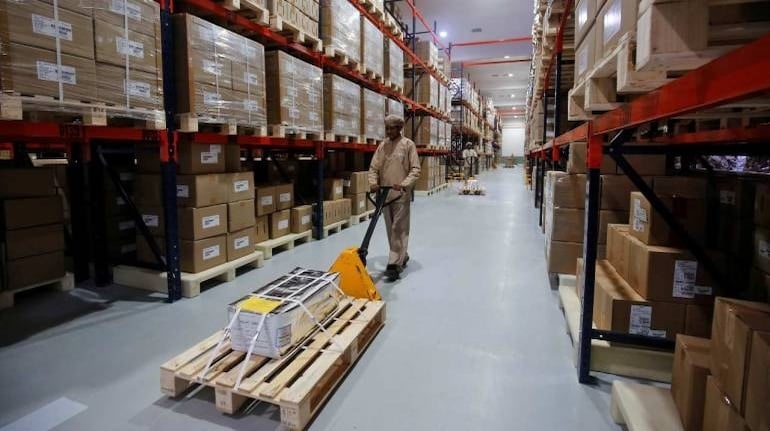‘Tier II and III cities emerge as preferred destinations for warehousing industry’
| Date :25-May-2020 |

Business Bureau :
RESTRICTED movement due to the nationwide lockdown has underscored the importance of in-city warehousing, with tier II and III locations emerging as preferred investment destinations, say industry experts. The warehousing sector, which was mainly concentrated in tier I cities - especially the major eight metros, had started shifting to tier II locations after certain policy initiatives, according to the experts. “Due to various reasons of urbanisation, warehousing has been more focused in the top eight metros. Later, due to certain policy initiatives, some of the tier 2 cities also emerged as preferred locations”.
“However, with lockdown being a national reality now, with movement of people becoming restricted, smaller cities or the hinterland of the country could be the mini warehousing hubs or focal points,” property consultant Savills India Head of Research Arvind Nandan said. Though the supply of new warehousing space in 2020 could be merely 12 million sq ft as against the previous estimate of 45 million sq ft due to COVID-19 crisis, in the long-term, the demand for warehousing space will grow significantly and there may be capacity addition in almost 30-35 new tier II and III cities, he added.
To control the spread of deadly coronavirus, the Government announced a nationwide lockdown on March 25, restricting movement of people and goods to other cities unless “essential services”. The Government has now eased restrictions in the non-hotspot zones and issued guidelines for stricter implementation of safety and social distancing norms.
Also, as migrant workers are going back to their native places, the demand for products and services in those areas will also increase, which will further create a market for having warehousing in these locations, the experts said. JLL India’s Head Industrial Operations Chandranath Dey noted that due to inter state lockdown, supply chains of multiple sectors, both in production as well as stock piling have frozen.